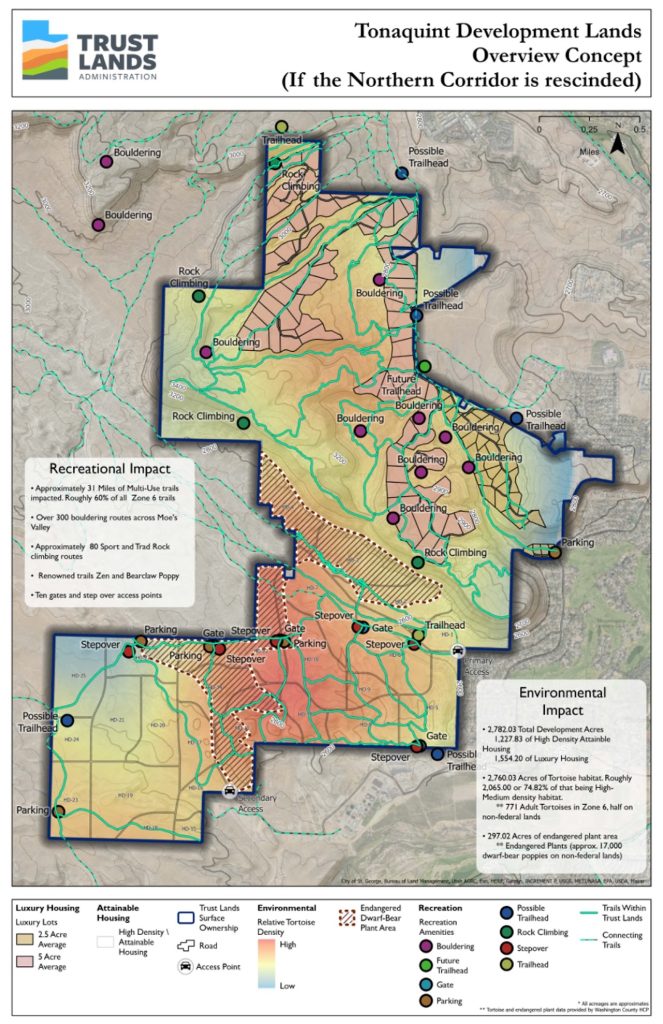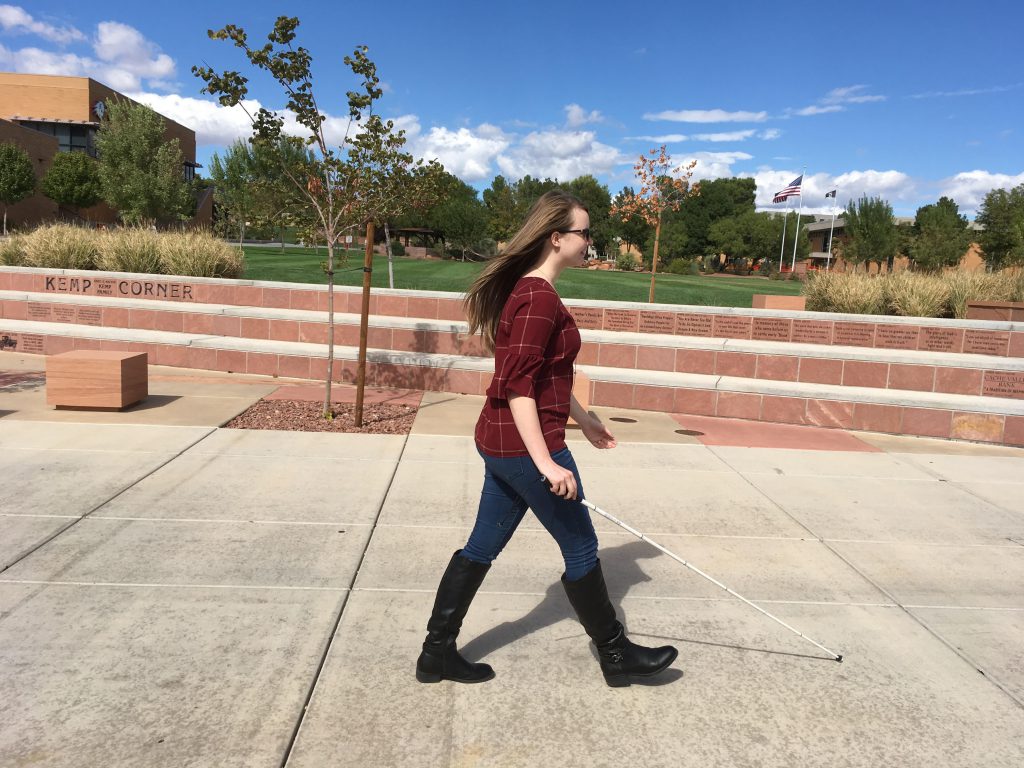You don’t realize the significance of a place until it’s threatened. Southern Utah’s natural landscape now faces a difficult decision—expand westward to ease congestion and make way for luxury hotels, housing and other developments, or preserve the land, home to endangered species, and maintain it as a universal hub for outdoor recreation.
Last week, I had an unexpected visit from a friend traveling through town who had just returned from South Africa. The loss hit home when he mentioned he had to visit St. George to experience the infamous bouldering spot—Moe’s Valley—before it’s sold and developed.
There is a clear distinction between right and wrong in this decision, and it is crucial we protect this land for future generations to come.

Moe’s Valley, part of a 3,400-acre stretch of Red Desert Reserve, offers bouldering, hiking, mountain biking and nearly 65 miles of multi-use trails. This area is considered Zone 6 and is a region loved by many locals and outdoor enthusiasts. Not only is there a significant amount of recreation there, but endangered species such as the Mojave Desert Tortoise and the endemic plant Dwarf Bear Poppy.
Although I’m not an avid climber myself, many of my friends and loved ones have spent a considerable amount of time at Moe’s Valley. My first year here at Utah Tech University was spent peering into the world of climbers and outdoor lovers, and I quickly realized how much this spot meant to them.
I’ve spent only a few long days and nights at Moe’s, but experiences there showed me what it stands to lose. This is more than just about the land or endangered species—Moe’s screams community and acceptance, bringing people together from all corners of the globe.
Why would such a meaningful area be at risk when it means so much to people? For years, the Southern Utah Climbers Alliance has fought off development proposals for housing and highway projects.
In 2018, the Utah Department of Transportation proposed building a multi-lane, divided highway north of St. George, called the Northern Corridor Project. This highway is intended to help reduce congestion and improve traffic flow in St. George.
As someone who’s been stuck in traffic here, I can understand the need for expansion. While the ideal solution would be to leave the area entirely undeveloped, this plan could help protect some parts of the land for outdoor recreation and wildlife.
On the other hand, the American conception on land ownership is deeply rooted in a territorial mindset, which can be extremely harmful. We need to view Moe’s as something we’ve borrowed, not something we own. It’s essential for us to cherish the land, and enjoy the unique gifts it offers us.
Recently, The Bureau of Land Management reversed the approval for the controversial highway; leaving Zone 6 entirely unprotected.
The dilemma, however, lies in ownership. The Utah School and Institutional Trust Lands Administration owns the land and plans to sell it. SITLA manages 3.4 million acres of trust lands across the state, which it buys and sells to generate revenue. The primary beneficiaries of these land sales are Utah’s public schools, including the Permanent School Fund, which helps finance educational programs across the state.
According to SITLA, 96% of its trust land revenue goes to public schools, and the following institutions:
- Miners Hospital at the University of Utah Medical Center
- University of Utah
- Utah State University
- Utah State Hospital
- Utah Schools for the Deaf
- Utah Schools for the Blind
- Juvenile Justice Services
- Public buildings
- State reservoirs
What isn’t being considered, however, is the value of outdoor education that Moe’s provides. We must keep in mind the students who struggle to sit in a classroom, and college kids who only feel at home when they are outside. If this land is developed, local youth will grow up in suburban sprawl, disconnected from reality and lacking the benefits of simply touching some grass.
The impact on local biodiversity would also be significant. Beyond the endangered species, Moe’s is home to countless other creatures—snakes, spiders, scorpions—all integral to the desert ecosystem. The ripple effects of such an ecological disturbance would be felt.
As my friend travels on and leaves Moe’s behind, I hope this isn’t his last time feeling those great big rocks.
SITLA’s mission to provide financial stability can be accomplished by other means, ones that don’t involve destroying the natural landscape. SITLA promotes “a bright future for Utah,” yet, this move would dim the sparks of so many who rely on Moe’s Valley for a sense of peace, purpose and connection.
To help protect this stunning land from being handed over to developers, take action. Sign the petition, contact SITLA and Governor Spencer Cox, and, of course, stop by Moe’s.




